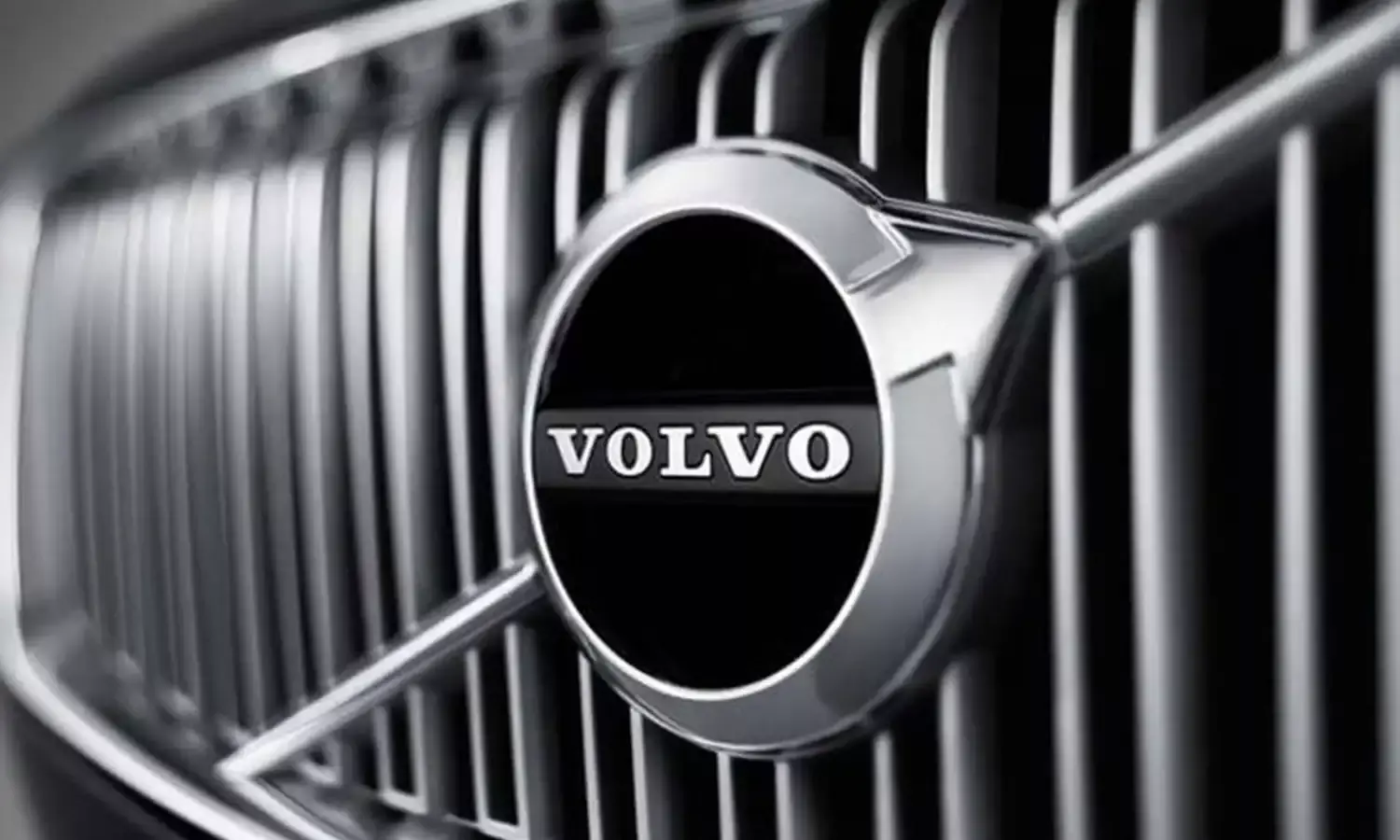Volvo Unveils New Hybrid Technology for its Future Lineup
Volvo has also upgraded its production capacity

Volvo is one of the leading car manufacturers in the world that is taking major steps towards electrification of their vehicles. As such, the Swedish auto giant has developed new powertrains for their cars. These powertrains are all hybrids, in a bid to reduce emissions and increase efficiency, and will be featured in their upcoming international models.
Volvo’s has basically upgraded it current powertrain, the ‘Twin Engine plug-in hybrid’, and has also declared that each and every model in its arsenal will also feature plug-in hybrid variants. That’s not all for Volvo, as they have also announced the introduction of ‘mild-hybrid’ technology, which is essentially start/stop functionality in which the car switches to an all-electric mode in heavy traffic conditions. The mild-hybrid technology will be available in a span of a few months, starting with XC90 and XC60 SUVs, both the diesel and petrol variants.
Volvo will also feature F1 style kinetic energy-recovery braking system (KERS), which uses the waste kinetic energy during braking to charge the battery. When coupled with plug-in technology, the system will help reduce the load on the internal combustion engines and consequently reduce the overall carbon footprint of their cars as well as offer up to 15% fuel savings. The new integrated electrified powertrain will be available under its new ‘B’ badge.
To aid with the new energy-recovery braking system, Volvo will also use a new brake-by-wire system as well, which will act as an interface between the brake pedal and the brakes. The system will calculate in real time whether to apply KERS or traditional brakes.
Volvo has also upgraded its production capacity, so that 25% of all its production models will be its ‘B’-badged Twin Engine plug-in hybrid cars. In addition to this, Volvo expects each and every car in its range to be electrified by the next decade, which is huge.
Volvo’s will also introduce new and upgraded powertrains on larger Scalable Product Architecture (SPA) based cars. There will be an upgraded T8 Twin Engine plug-in hybrid, with larger battery and an advanced brake-by-wire advanced battery charging system. As a result, the range is expected to increase by up to 15%. The powertrain is expected to make its way into all Volvo cars eventually.
The XC90 SUV will sport a ‘B5’ badged mild hybrid engine is both petrol and diesel guises, along with a B6 badged mild hybrid petrol. The B5 will be available with a front-wheel drive model (to save costs) as well as an all-wheel-drive model. The B6 will only be available as an all-wheel car.
For the XC60, a B5 mild-hybrid will be available in both petrol and diesel variants, along with a B4 mild hybrid diesel and a B6 mild hybrid petrol. Currently, the XC90 hybrid offers a T8 Momentum Twin Engine Plug-in Hybrid system as the only choice of powertrain.
The XC40 SUV, based on Volvo’s smaller Compact Modular Architecture will now also receive an electrified powertrain, keeping in-line with the company’s vision, as discussed earlier. The XC40 hybrid will sport a T5 Twin Engine plug-in hybrid petrol, followed by a T4 Twin Engine plug-in hybrid later.
It is tough to say which of these cars will make their way into the Indian market. While there have been some changes in market trends, and people have slowly started accepting EVs and hybrid cars, the divide between supply and demand is huge. Manufacturers are struggling to find an audience for such cars at the moment. This wouldn’t be a problem if Volvo was to only introduce its plug-in hybrids cars in the premium luxury space, as that segment has been a success for Volvo in the past as well.



